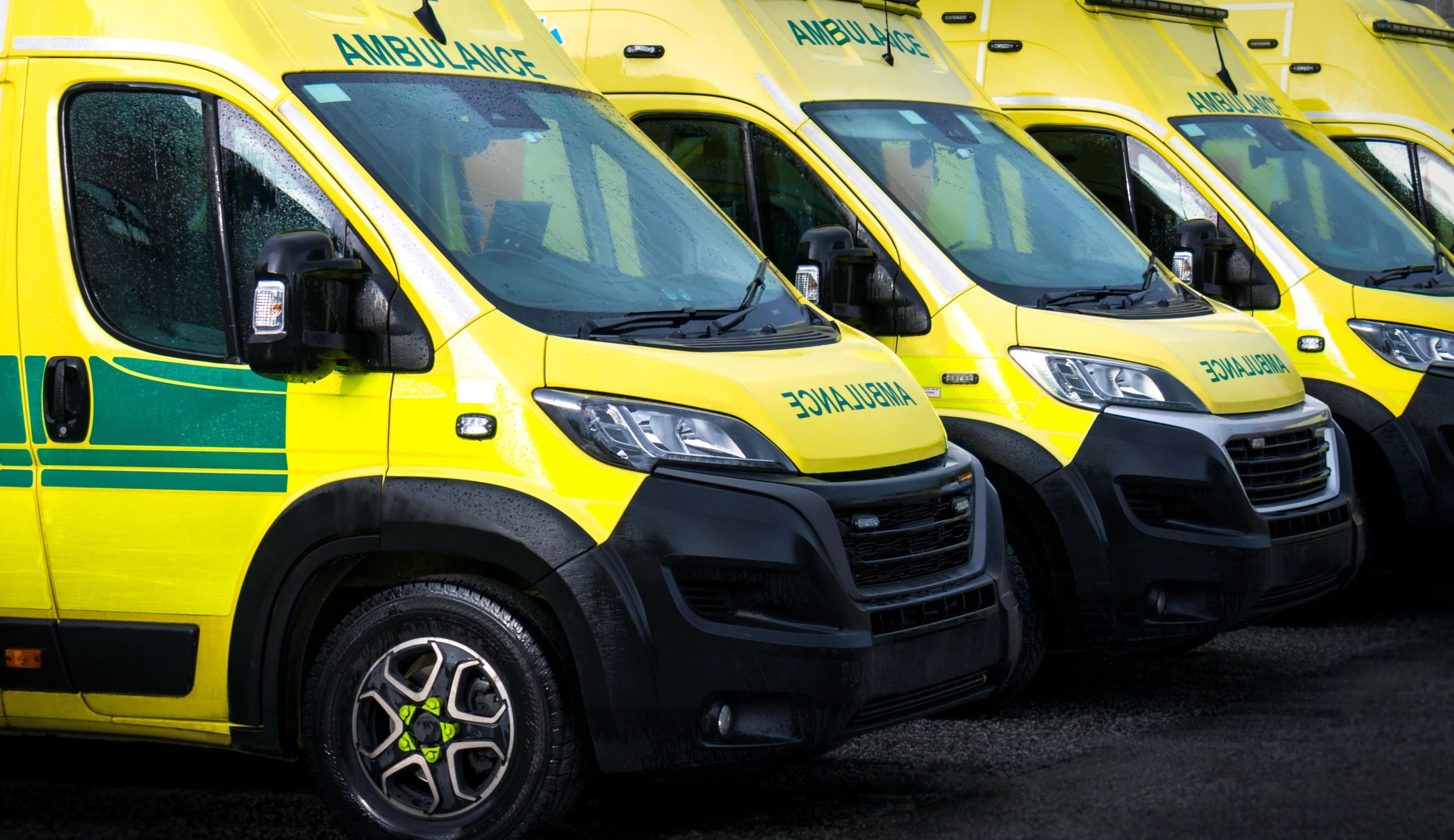
Secure IoT Connectivity for First Responders: Ensuring Critical Medical Communication
Our customer operates as a first aid responder, playing a critical role in society providing immediate care to people during
As cities become busier and more complex, we need smarter, sustainable solutions to manage them efficiently. That’s where 5G, the latest wireless network technology, comes into play. Using 5G, we can create ‘smart cities’ with applications that help manage traffic, enhance public safety, improve healthcare, and monitor the environment. In this blog, we’ll discuss how connectivity is making our cities smarter and our lives better.
So, what exactly is a smart city? Simply put, a smart city is an urban area that uses technologies, including the Internet of Things (IoT), to improve the quality of life for its citizens, make operations more efficient, and foster sustainable growth. Integrating multiple technological networks and devices allows a smart city to provide everyone with a seamless, connected experience. The arrival of 5G infrastructure could significantly enhance these capabilities, offering even more benefits for those living and working in such environments.
For example, smart traffic lights can use data from IoT sensors to adjust their timing in real-time, which can help reduce traffic congestion.
Improved efficiency: Smart cities can use technology to improve the efficiency of their operations. This can lead to cost savings and a better quality of life for citizens.
Increased sustainability: Smart cities can use technology to reduce their environmental impact, which can help protect the environment and save money on energy costs.
Improved quality of life: Smart cities can use technology to improve the quality of life for their citizens. This can include making streets safer, providing better public transportation, and improving access to healthcare.
Connectivity
Cellular networks are a vital part of the technology that connects our devices and lets them talk to each other, known as the Internet of Things (IoT). They are known for being fast, reliable, and versatile when communicating. Will 5G and LPWAN finally be the key to unlock the full potential of smart cities? This question may seem simple, but the answer is multifaceted. While previous generations of wireless technology, such as 4G LTE, have indeed enhanced our connectivity, the promise of 5G is much greater. With speeds up to 100 times faster than 4G, 5G could be the game-changer we’ve been waiting for.
One of the standout features of 5G is its ability to achieve high speeds and low latency. This groundbreaking technology can wirelessly connect devices such as sensors, lights, and meters, allowing smart city applications to be deployed more efficiently and effectively. In essence, 5G is pushing the boundaries and creating more secure networks that power our modern cities with real-time, reliable information.
LPWAN connectivity distinguishes itself with its low power consumption. Combined with the high-speed data transmission of 5G, this could enable real-time, city-wide monitoring with minimal energy usage. This feature ensures that IoT devices can operate independently for an extended period, even up to a decade or more, while solely relying on battery power. Another critical attribute of LPWAN connectivity is its long range. This allows for installing sensors and actuators in remote or hard-to-reach locations, including rural agricultural fields, such as sensor networks for monitoring environmental conditions or infrastructure health.
IoT-based solutions are a game-changer for smart cities. They help city administrators better execute, monitor, and control different areas and operations while addressing various demands and challenges. Here are some examples of IoT-based smart city solutions:
IoT Public Transportation: real-time data transmission between transportation mediums and administrators. This leads to improved scheduling, route planning, and overall efficiency. It also enhances passenger experience through timely updates about arrivals, departures, and delays.
Smart Waste Management: The key to smart waste management lies in its ability to facilitate real-time data transfer from waste containers to a centralised system. This feature allows the city’s waste management department to schedule pickups efficiently, save fuel by optimising routes, and ensure timely waste disposal. The end result is a cleaner, healthier urban environment.
IoT Smart Meters: Connectivity is crucial in monitoring and transmitting usage data from meters to utility companies. This helps in accurate billing, information on the amount of energy being consumed, anomaly detection, and better resource management.
Smart Street Lights: They can be managed remotely, ensuring they are only used when necessary, with triggers set. This contributes to power conservation and reduces overall city energy consumption.
Air Quality Monitoring: Connectivity ensures real-time transmission of air quality data to city administrators. This allows for immediate action when pollutant levels rise, safeguarding public health and promoting environmental sustainability.
EV Charging Stations: You can remotely monitor the use and maintenance of charging units. This leads to optimal performance, reduced inspection costs, and an overall smooth experience for electric vehicle owners.
Full smart cities are still in their early stages of development; there are still other use cases in which connectivity can help; here at Anvil, we want to work closely with you. No matter how big or small your project is, we will create bespoke tariffs for your exact needs. Contact us below to see how we can help you.

Our customer operates as a first aid responder, playing a critical role in society providing immediate care to people during

Our customer utilises sensors in a salmon ladder to monitor salmon, tracking the influx of salmon at different times of
We’re happy to help!
We are able to pre-configure all devices we sell if required inclusive of SIM installation and management portal training.
We can distribute to and service anywhere in the world – all with guaranteed next working day shipment.
Our team of experts and support staff are always on hand to help you with your connectivity needs
UK HEAD OFFICE